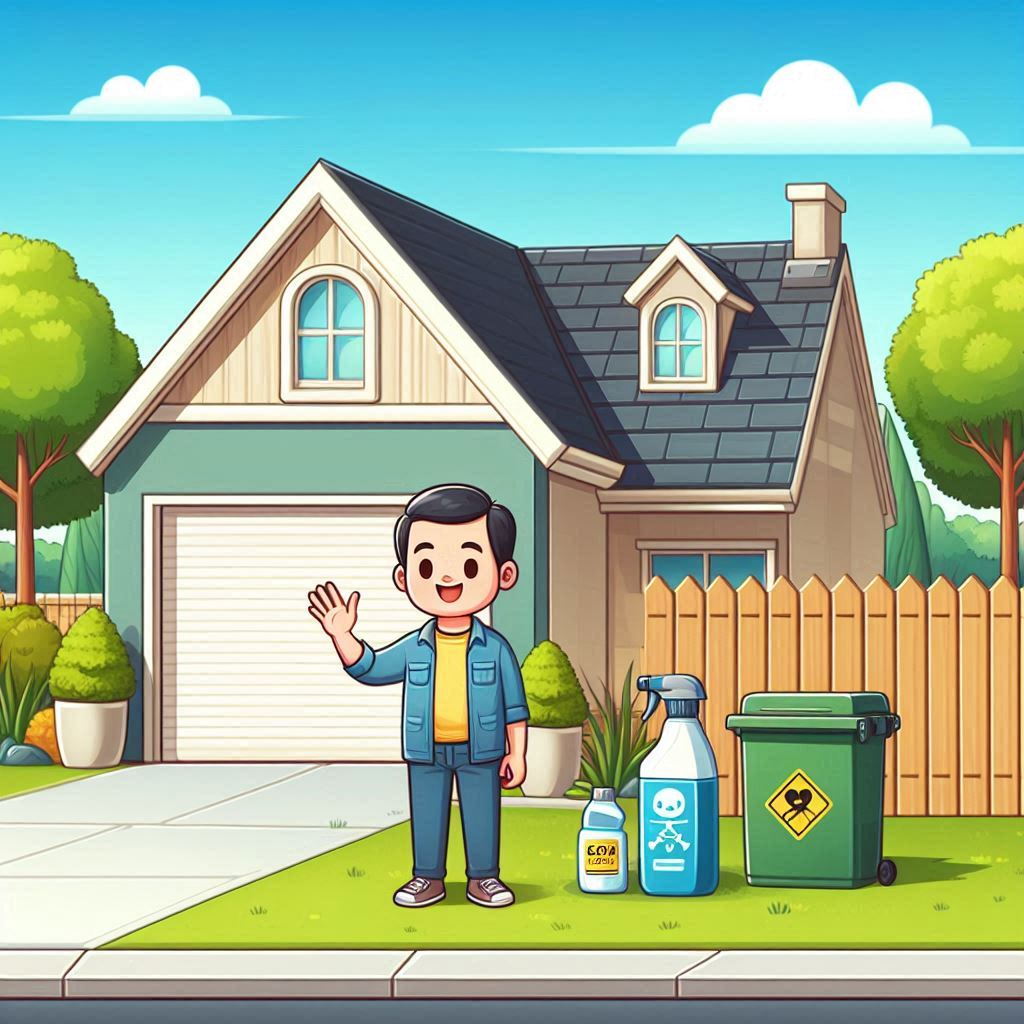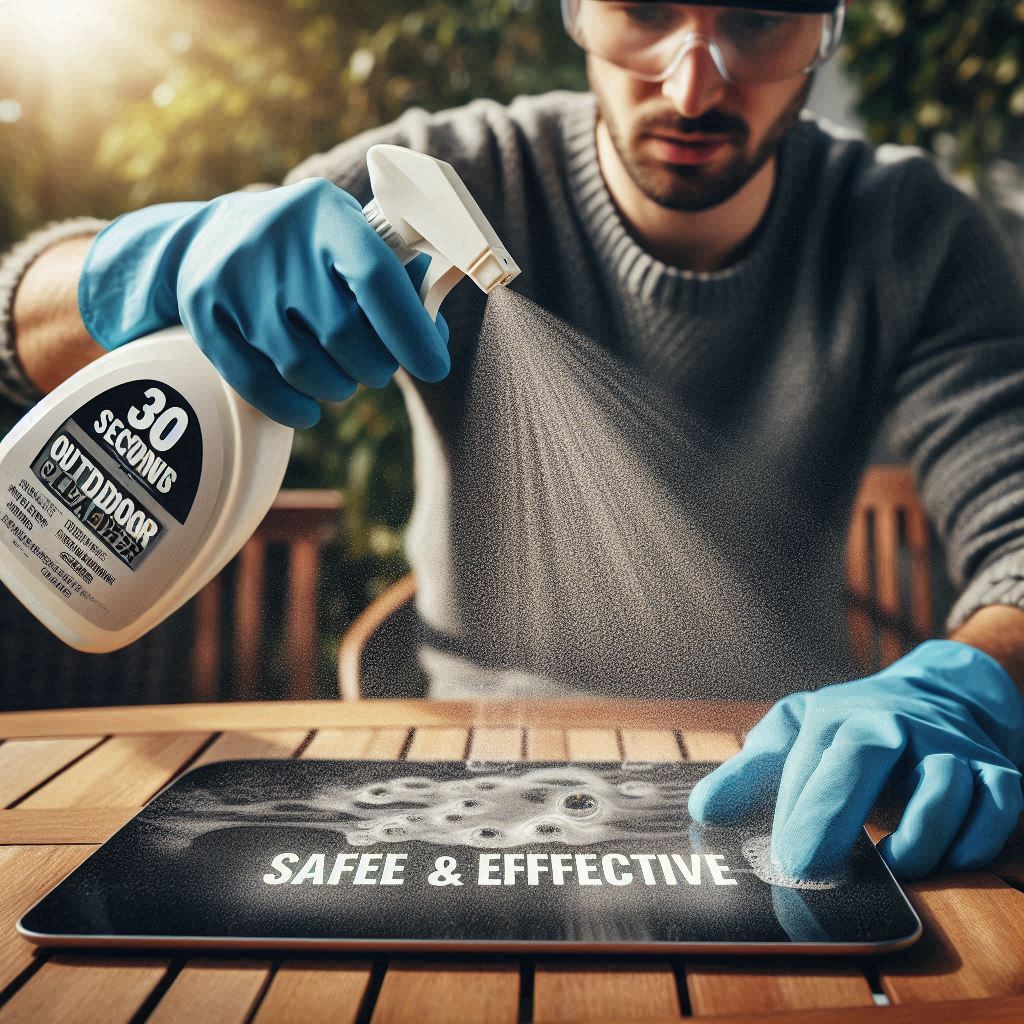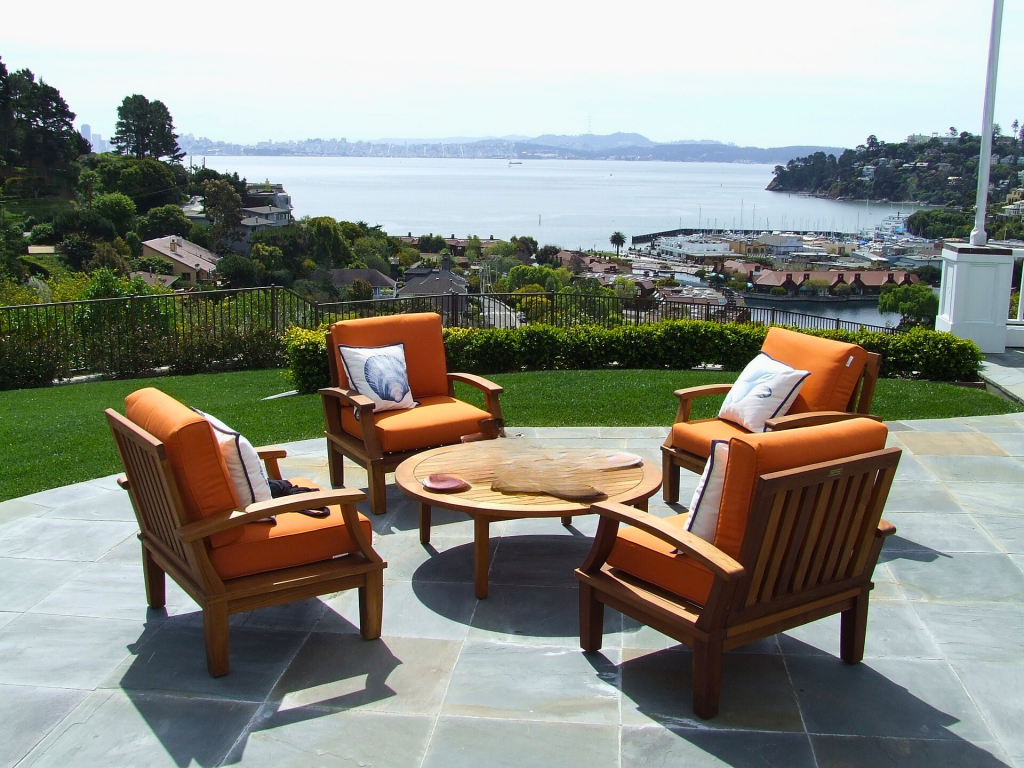Contents [hide]
Understanding what chemicals are in 30 seconds outdoor cleaner.
One such product that has gained a lot of wandering eyes is 30 Seconds Outdoor Cleaner. Heavily used by homeowners to clean dirt, algae, mold and mildew off of patios, decks, driveways and other outdoor spaces, it is known for leaving surfaces gleaming clean. The product is named for its effectiveness, which promises visible results within only 30 seconds of use, making it a good choice for anyone hoping to quickly and effectively clean outdoor areas.
But while it’s easy and popular, it’s vital to know a little bit about the chemicals contained in 30 Seconds Outdoor Cleaner. Knowing what’s going on inside the cleaner, you can not only make sure you’re using it safely and correctly, but also prevent potential harm from occurring to you, your pets, or the environment.

In this article, we will analyze the important ingredients in 30 Seconds Outdoor Cleaner, how they work and safety issues. We will further see how the cleaner is to be used and common queries regarding its use. So, let’s get to the nitty-gritty and check out how well this product works! Read more about our Cozy Boho Bedroom Western Ideas.
What Chemicals Are in 30 Seconds Outdoor Cleaner?
To better understand how 30 Seconds Outdoor Cleaner works, you need to know its active ingredients. Cleaning outdoors with the cleaner requires a combination of various types of chemicals that work synergistically to loosen dirt, dissolve stains, and disinfect overall outdoor surfaces. These chemicals include:
- Sodium Hypochlorite (Bleach)
- Sodium Carbonate (Washing Soda)
- Surfactants
Let’s take a closer look at each one and understand their roles in the formula.

1. Sodium Hypochlorite (Bleach)
Sodium hypochlorite (bleach) is one of the key ingredients in 30 Seconds Outdoor Cleaner. It is a strong disinfectant that kills bacteria, mold, algae, and mildew. Bleach acts on these stubborn contaminants to break them down on surfaces so that they can be rinsed away with little residue remaining.
Sodium hypochlorite also works to whiten and brighten the surfaces being washed. Because of its effective sanitation and stain-fighting properties, it is widely used in a variety of household and commercial cleaning products. Being a powerful chemical however it should be handled firmly.
Why Sodium Hypochlorite Is Used:
- Kills Mold and Mildew: Sodium hypochlorite is effective at killing the spores of mold and mildew, which often grow on outdoor surfaces, especially in damp areas.
- Stain Removal: It’s highly effective at removing stains caused by algae, moss, and other environmental factors that can discolor surfaces.
- Sanitization: It disinfects the surfaces by breaking down bacteria, providing a cleaner and safer environment.
2. Sodium Carbonate (Washing Soda)
Washing soda, also known as Sodium Carbonate is one of the active ingredients in 30 Seconds Outdoor Cleaner. Sodium carbonate is a powerful alkaline substance that is used to alter the pH of the cleaner, which gives it a more effective dirt and grime-removing capacity.
How Sodium Carbonate Works:
- Enhancer of Cleaning: Sodium carbonate improves the performance of the cleaner itself by dissolving the grease and dirt making it easier for the other chemicals to be more effective.
- Neutralizes Acidity: It can neutralize most acidity in the formula, so the cleaner remains gentle (not very abrasive) when applied on surfaces, while still retaining its effectiveness.
- PH Balance: This ensures that the pH balance of the cleaner is maintained, which is essential for protecting sensitive surfaces.
3. Surfactants
Surfactants make up the third component of 30 Seconds Outdoor Cleaner. These are the surfactant or detergent chemicals that reduce the surface tension of the liquid so that the cleaner can spread more quickly across surfaces. Surfactants also help float dirt and grime from surfaces, making it simpler to dispel them with a simple rinse. Be sure to check out our Outdoor Decoration.
Surfactants are common in cleaning products because they facilitate efficient cleaning. They help the cleaner cling to the surface, lift dirt and allow the grime to be carried away when rinsing off the cleaner.
What Surfactants Do:
- Make Cleaner Work More Effectively: Surfactants allow the cleaner to spread more evenly across a surface and create a more even coverage area.
- Break Dust and Grime: Surfactants will lower surface tension and lift the dirt from the surface, allowing the other chemicals to work effectively.
- Assistance in Rinsing: Surfactants help to rinse the surface after cleaning, ensuring that no cleaning agents remain and a clean finish is left behind.
How 30 Seconds Outdoor Cleaner Works
Having identified what chemicals 30 Seconds Outdoor Cleaner contains, let’s now take a closer look at what the product is like to use in practice. Learn more about our Bedroom Design Ideas Black and White.

It takes just a few minutes of time, and is pretty straightforward. Here’s a step-by-step breakdown of how you can use 30 Seconds Outdoor Cleaner to achieve a clean, fresh, outdoor oasis:
- Spray the Cleaner on Target Surface: Apply the cleaner directly to the area you want to clean. You do not have to scrub or agitate the cleaner just ensure that you have spread it evenly across the surface.
- Wait for 30 Seconds: The product takes effect relatively quickly. After spraying, wait around 30 seconds so the chemicals can eat through dirt, mold, algae and other contaminants. During that time you may see the surface starting to look clean.
- Rinse the Surface: Once the cleaner has had time to work, rinse the surface well with water. It should come off easy, leaving a clean, sanitized surface behind.
The sodium hypochlorite and surfactants in the cleaner are responsible for breaking down and lifting stains, bacteria, and other contaminants. A quick wash and your outdoor spaces will be looking brand new.
Is 30 Seconds Outdoor Cleaner Safe?
Like any clean product, 30 Seconds Outdoor Cleaner must be applied carefully for safety. The cleaner does an admirable job of removing stains and sanitizing surfaces, but it also includes chemicals that can cause harm if you don’t handle it properly.
Key Safety Considerations:
- Use Protective Equipment: You should cover your skin with cleanup gloves to prevent direct contact with the skin. If you accidentally spill cleaner on your skin, wash it off immediately with water.
- Do Not Inhale: The cleaner chemicals may irritate your respiratory system when inhaled. Handle in a well-ventilated area, be sure to wear a mask if necessary
- Keep out of reach of children and pets: Like any chemical product, keep it out of reach of children and pets. While the cleaner is safe to use when it is used correctly, there is irritation to the skin if it is ingested.
Is 30 Seconds Outdoor Cleaner Bad for Your Plants?
The cleaner works well on outdoor lessons, but with caution that it can damage plants, depending on where it is applied. The sodium hypochlorite (bleach) found in the cleaner can harm or even kill plants if they come into contact with it.
How to Protect Your Plants:
- Skip Direct Application: Avoid applying cleaner on your plants, grass or flowers.
- Rinse Off Overspray Quickly: If you do have any overspray land on your plants, rinse it off as quickly as possible to reduce its potential in hunter.
30 Seconds Outdoor Cleaner Environmental Sustainability
You should also be aware of the environmental aspect: While 30 Seconds Outdoor Cleaner is a very effective cleaner, it is also a harsh chemical. The primary chemical ingredient, sodium hypochlorite (bleach), can be toxic to aquatic life if it contaminates water supplies.
Is it Safe for The Environment?
When used appropriately, 30 Seconds Outdoor Cleaner should not pose much environmental risk. This does however cause water pollution if it is not disposed of properly or larger amounts are spilled.
How to Use and Dispose of One Safely
- Read the Directions Carefully: Always adhere to product instructions for safe use
- Avoid Pouring Leftover Cleaner Down Drains or in Stormwater Systems: Do not dump the cleaner down drains or into stormwater systems. Rather, dispose of it according to local guidelines.
30 Seconds Outdoor Cleaner Eco-Friendly Substitute
Those who are eco-conscious can explore eco-friendly options. These cleaners are made with natural ingredients and biodegradable formulas that are less damaging to the environment.
Choose those that say non-toxic, biodegradable, eco-friendly, etc. Such cleaning can be achieved with offering of other effective alternatives, other than bleach.
FAQ (Frequently Asked Questions)
What chemicals are in 30 Seconds Outdoor Cleaner?
Sodium hypochlorite (bleach), sodium carbonate (washing soda), and surfactants are the main chemicals in 30 Seconds Outdoor Cleaner. These ingredients do everything from breaking down stains and killing mold and mildew to lifting dirt from surfaces.
30 Seconds Outdoor Cleaner on Your Roof?
Sure, it can be used on your roof; just be careful. Do not cause shingles or other roofing material, damage by following the instructions. Then test a small area first before applying.
Is 30 Seconds Outdoor Cleaner Safe for Pet?
Pets should be kept off treated areas while in use and immediately after. After drying and rinsing the surface (and also after the product has dried), it should be safe.
How Long Do I Leave 30 Seconds Outdoor Cleaner?
The cleaner should be allowed to sit for approximately 10 to 15 minutes. This enables the chemicals to activate and decompose the stains. But don’t let it dry on top.
Can I Use It on My Lawn?
If you do, it’s best not to use 30 Seconds Outdoor Cleaner directly on grass or any other plants. They can damage your lawn if they get on something directly.



